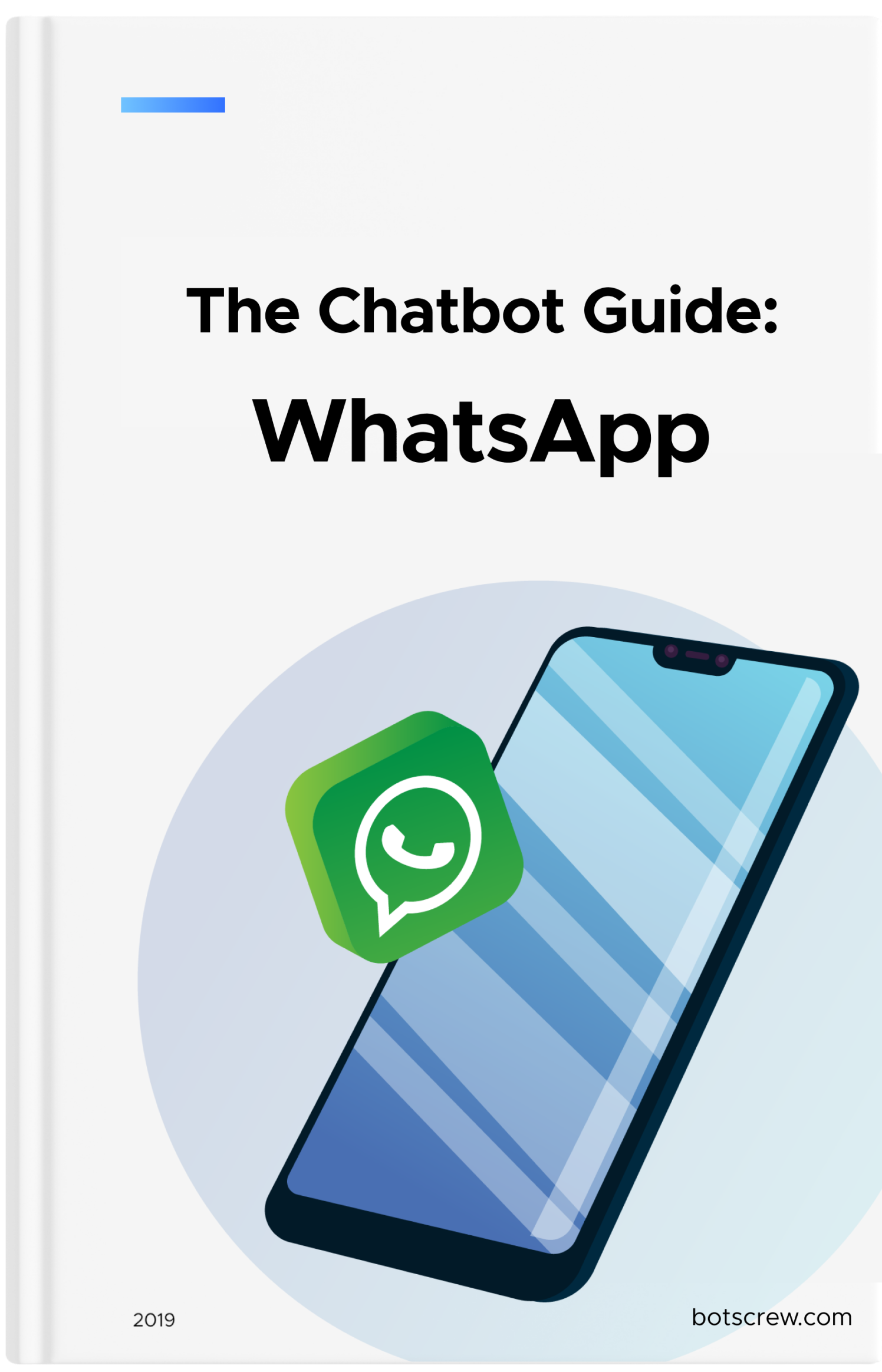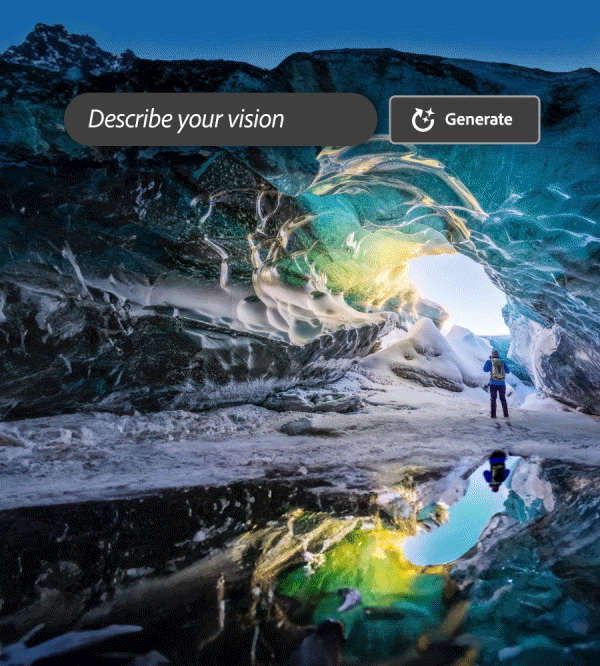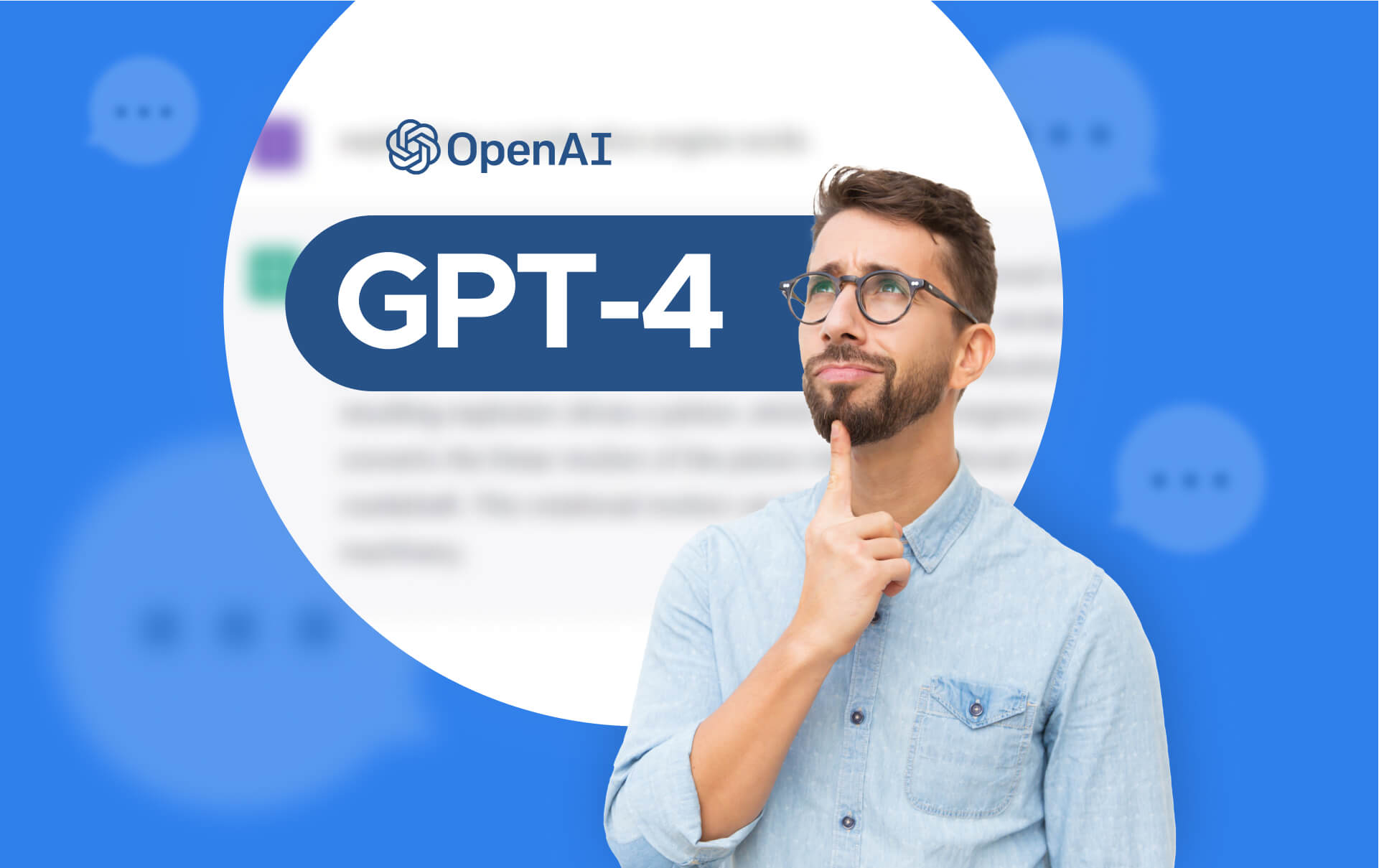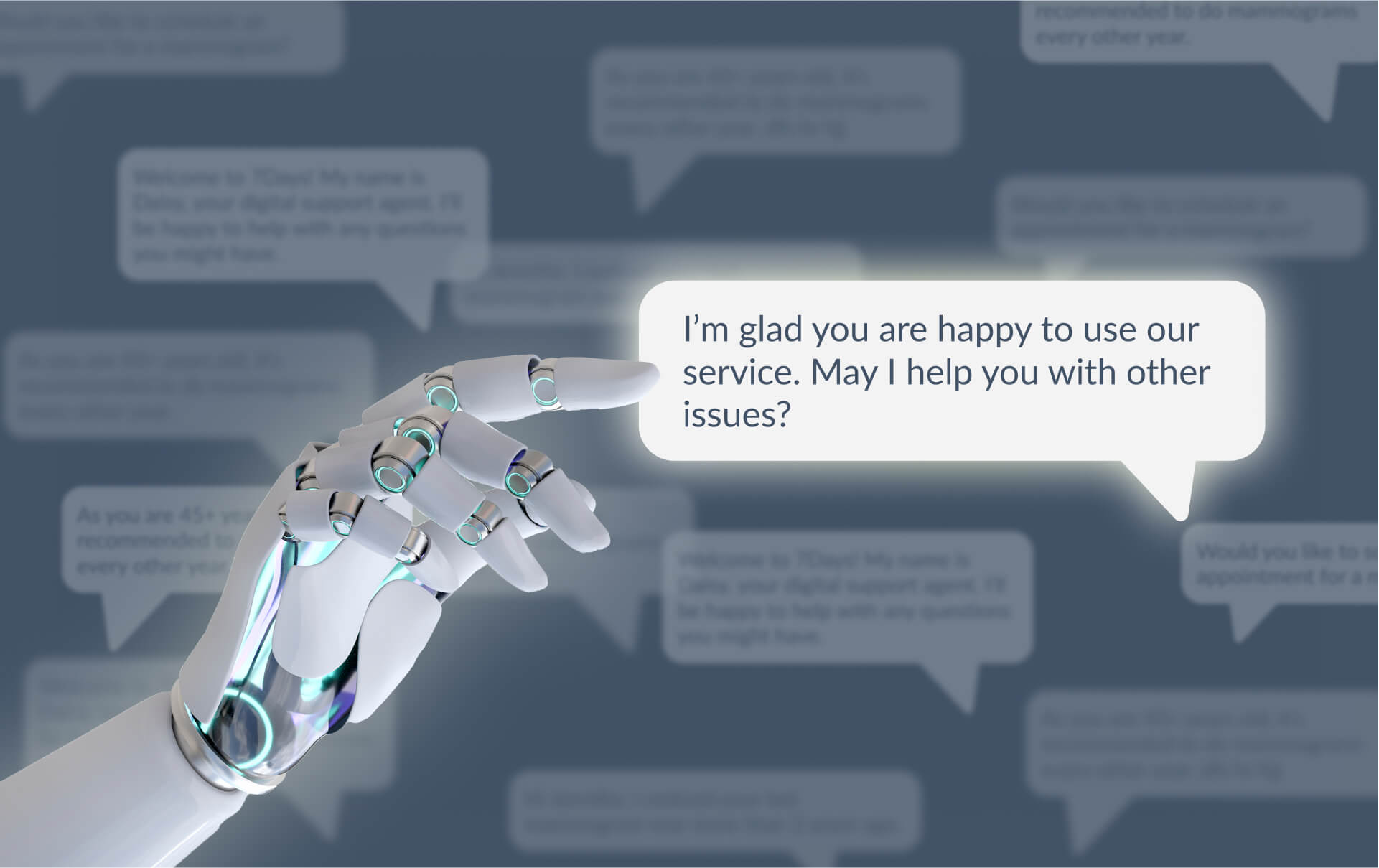Generative AI Examples: How Companies Innovate Fast with AI
How to stay ahead when new AI solutions drop every hour? Here are generative AI examples for business to use with any budget.
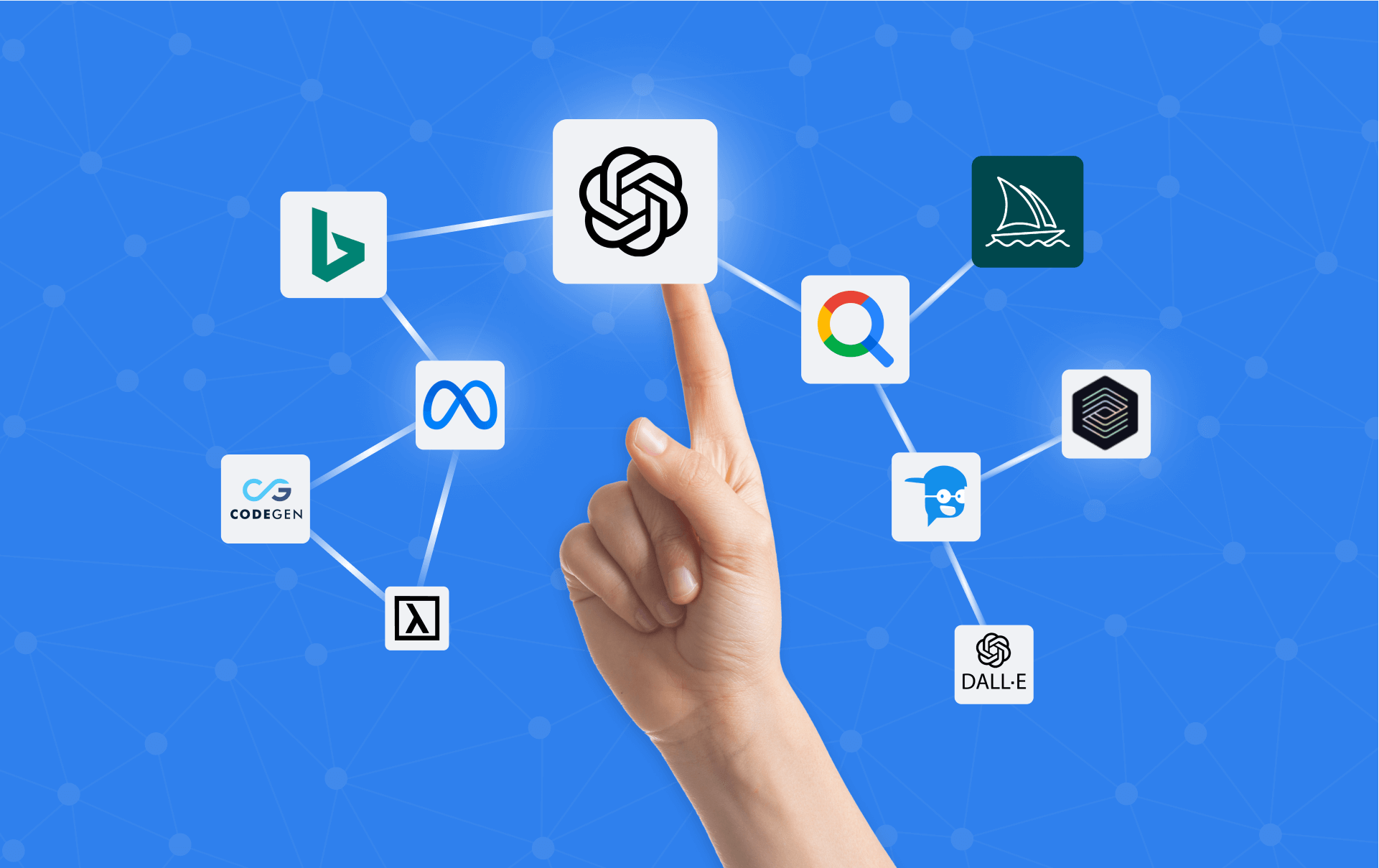
What is generative AI?
Generative artificial intelligence (AI) refers to the set of algorithms that can be used to craft uniquely new output in various forms like text, audio, code, images, and videos. It’s the next generation of AI models that can produce incredibly accurate, high-quality, and responsive results to initial requests.
The concept of generative AI is not new: yet, it gained popularity on November 30, 2022 – the day when ChatGPT becomes public. Its capabilities were so astonishing that nearly 1 million people tested it in the first 5 days after its release.
But it’s not just the “hype” gained by Twitter reposts. Open AI, the company behind ChatGPT, used nearly the whole Internet to train the model. OpenAI hasn’t released exact costs, but McKinsey indicates that GPT-3 was trained on around 45 terabytes of text data.
ChatGPT was powered by one of the generative AI models, GPT-3.5. Generative Pre-trained Transformer (GPT) is a large-scale natural language technology that can write stories, songs, poetry, and even computer code — and enables ChatGPT to write a rap song in seconds. The model was fine-tuned specifically for interacting with humans: via chat, AI receives a text input and brings up a response.
Now, when ChatGPT plugins were released, ChatGPT became a fully-functioning workplace or an opportunity for generating leads.
Beyond text, digital image generators, such as DALL·E 2, Stable Diffusion, Midjourney, or Freepik AI Image Generator, can generate images from text.
The abilities of the technology are a game changer: it has opened opportunities that were not available before. But let’s explain what’s behind these words first.
What’s the difference between Generative AI and other types of Artificial Intelligence?
The key feature of generative AI models is the ability to classify and find connections between data sets without human intervention. That process is possible thanks to machine learning – to be more specific, the next generation of machine learning. These advancements underscore the emergence of AI-driven SaaS solutions, transforming how businesses leverage artificial intelligence for operational efficiency and decision-making.
Previously, conversational AI specialists spent weeks training the model to understand and classify data, which now takes seconds. It’s possible thanks to self-supervised learning: this type of training involves backing up a model with massive data (mostly text). Hence, it becomes able to generate predictions.
The larger the sample text, the more accurate the model predictions become. Some of largest models include:
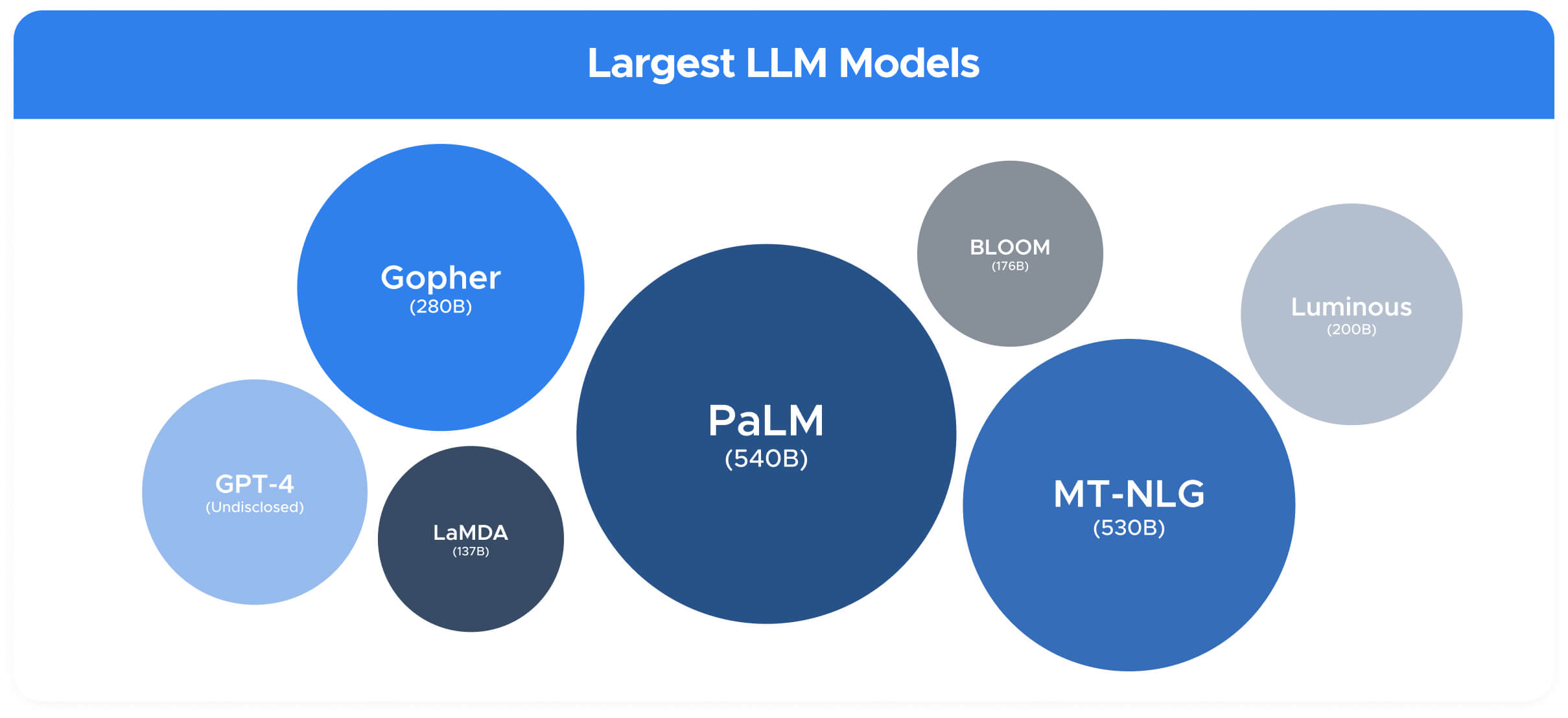
View full infographics: Generative AI Examples & Revenue Predictions
For example, based on a few words, some models can predict how a sentence will end. This is something that ChatGPT has proven to produce. That’s how ChatGPT can answer questions about varied topics and how DALL·E 2 and Stable Diffusion can produce images based on a description.
As a result, generative AI opened new opportunities: thanks to large sample data, models can do things that AI could never do.
For example, Generative AI has major improvements in the following categories:
Fast Learning
As we mentioned before, generative AI models are pre-trained on general data sources in a self-supervised manner, which can then be applied to solve new problems.
For example, by incorporating information about a company (for example, website content, knowledge base, or internal PDFs) as reference data for AI, it could potentially be used to answer customers’ questions and support employees in finding specific answers faster. AI will learn the connections between data, more elaborately understood in the Artificial Intelligence course, – and provide very specific outputs to users.
No need to spend hours training the chatbot to understand the difference between data and provide a specific response. Generative AI is smart AI. Just connect your data, and use your own ChatGPT, which could do things like generate rap out of your FAQs. That's something that has never been possible until Generative AI.
As a result, companies can stand up to applications and realize their benefits much faster.
Versatile Use Cases
Generative AI models can use the existing power of transformation to turn your data or prompts into something unique.
Some of the intended and most promising use cases include text, image, and video generation tasks – a gift to marketing managers, customer support agents, designers, creators, etc.
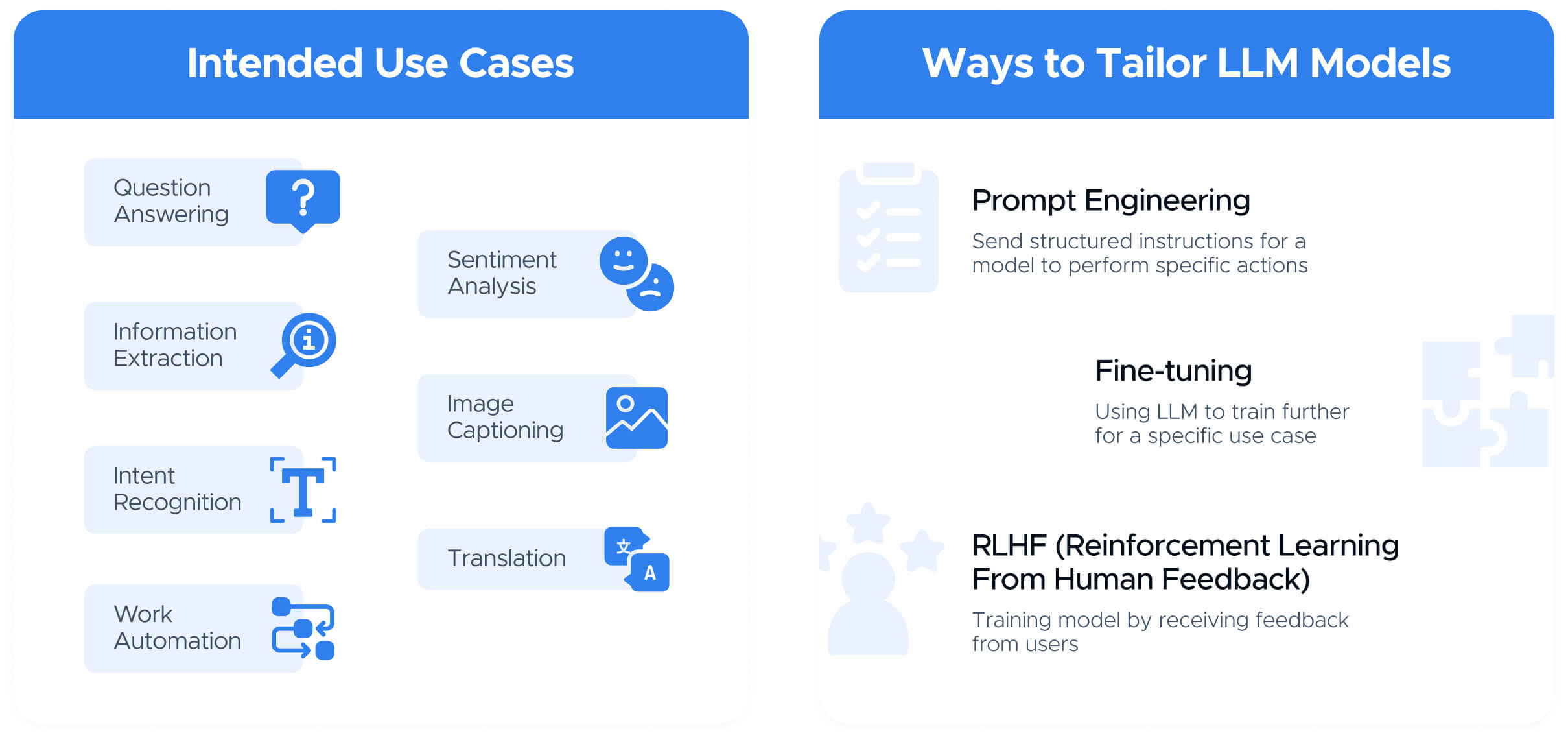
View full infographics: Generative AI Examples & Revenue Predictions
Text- and image-related tasks are one of the most promising ones. Some other intended Generative AI use cases include:
- Question answering: ability to provide responses fast based on training data
- Sentiment analysis: recognising the customer feedback and classifying it without human intervention
- Information extraction: ability to locate a chunk of information out of large data in seconds
- Image captioning: and various other image-related tasks including recognising patterns and generating new ones
- Intent Recognition: identifying user need in seconds to provide the best response
- Translation: using pre-trained data, generative AI can translate into about 80 languages
- Work Automation: thanks to high classifying abilities, generative AI can perform unlimited actions on specific user activity
This way, generative AI models can actually bring versatile use cases – breaking the old-known myths that "AI is dumb".
Ability to integrate generative AI with any budget
The last most prominent benefit of generative AI is the ability to try it with any budget.
Previously, integrating AI meant investing in training, improving, and keeping the performance under inspection. That usually came in costly team support. Now, generative AI allows businesses to benefit from AI with nearly any budget.
It's a real game-changer that can affect multiple industries.
A report Economic potential of generative AI from June, 2023 by McKinsey & Co suggests that the most impacted industries could be e-commerce, healthcare, and banking. The revenue potential could reach 660 billion US dollars (Retail).
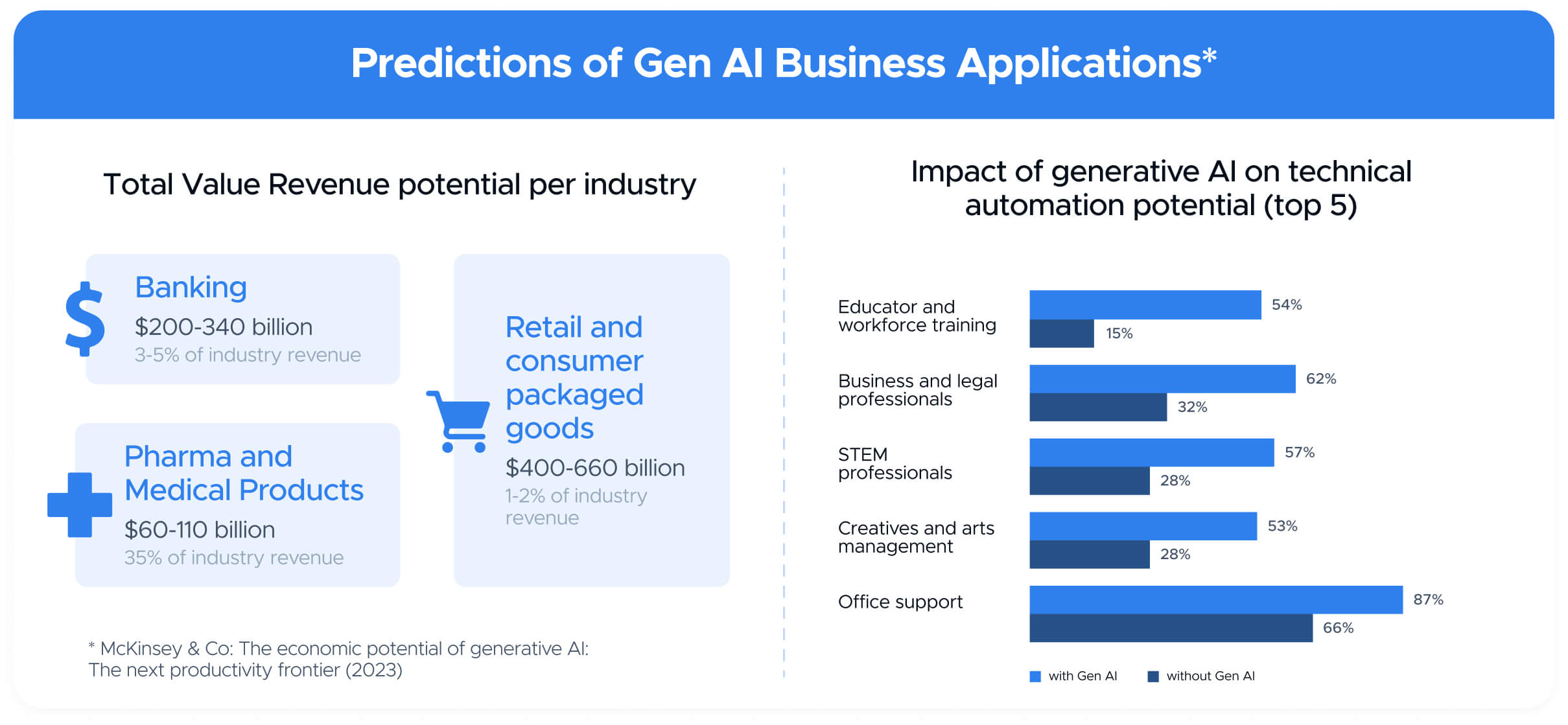
That's all possible thanks to the flexibility and availability of generative AI models. Let's move on to examples.
Generative AI Examples For Business
So, several generative AI models use large amounts of sample data enabling them to predict the results – in the form of text, image code, or videos. What’s next?
When used as a foundation model, this type of AI can find a number of business applications – for any budget.
Generative AI examples you can find for use are:
Open-source models: model previews or tools provided by developers on a free or paid basis. Mostly, it’s possible to try them for free with certain limitations. Best for people new to generative AI or those exploring possible opportunities and business cases.
Free tools: dozens of tools available on the websites, Google Chrome extensions, and some marketplaces.
Add-ons to popular software: currently, many large companies invest in implementing generative AI so it’s a great way to see it in action when using software you’ve used before.
SaaS: freemium or paid ready-to-use solutions with a specific use case and additional features. A great bonus is the ability to have custom integration already built-in by the developer. To further enhance these solutions, businesses can leverage SaaS application development services to customize and scale applications according to specific business needs, ensuring they not only meet but exceed user expectations while providing a competitive edge in the market.
Open Source Models and Tools to Test Them
Businesses could try generative AI capabilities with nearly zero budget.
Write, Translate and Visualize with ChatGPT
ChatGPT is one of the most popular free generative AI tools created by OpenAI that allows everyday users to generate AI content for free. Bases on the GPT-3.5 model, ChatGPT is one of the few free content generation tools available to the general public – although the paid version ChatGPT Plus is also available. ChatGPT also has the API – which powers many other solutions and extensions on the market.
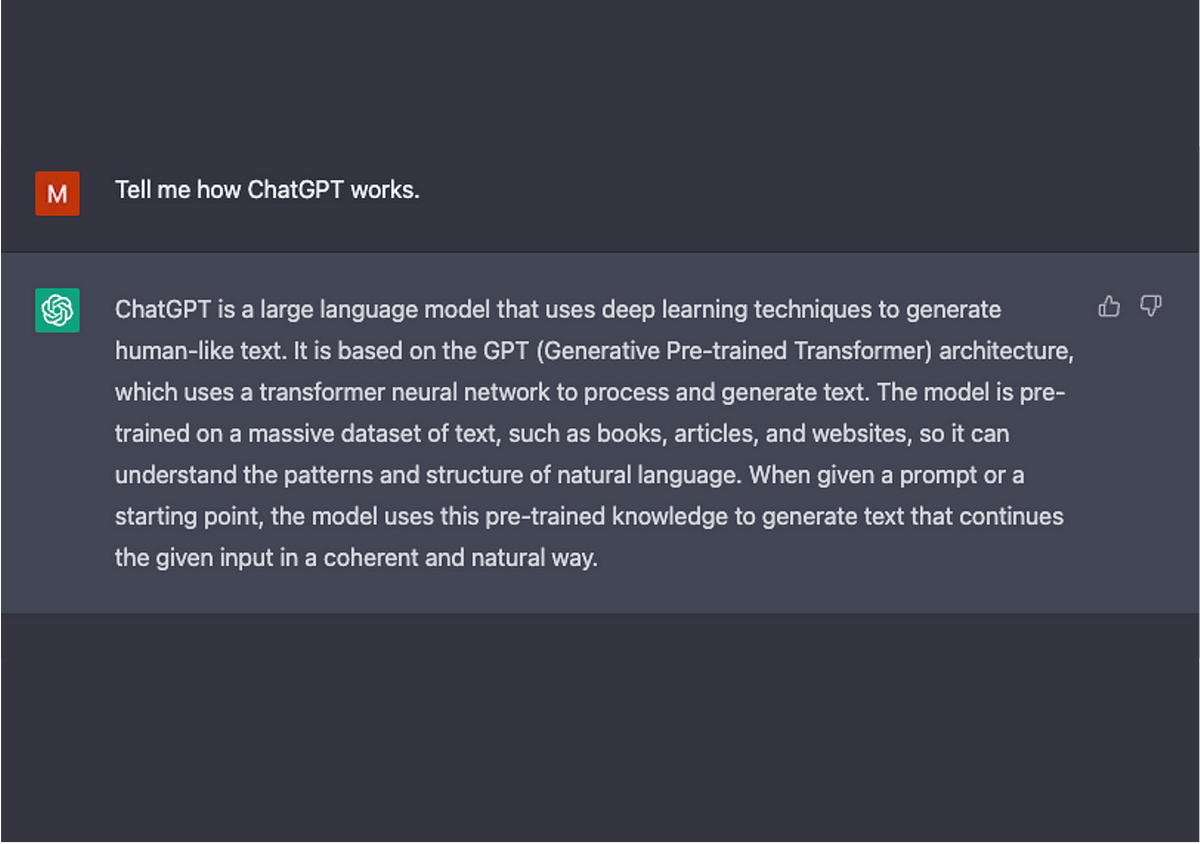
Key features:
- Incredible abilities to generate text responses (images on the paid version)
- Developers can use the ChatGPT API to integrate it into their own apps and products.
- ChatGPT Plus: AI plugins enable ChatGPT to browse the internet, interpret Python code, and use third-party plugins.
Free ChatGPT doesn't have access to current events or information after September 2021, but this changes on the pad version.
Generate Images with Dall-e
DALL-E 2 is another OpenAI AI tool for generating images and artwork. It's is a 12-billion parameter version of GPT-3 trained to generate images from text descriptions using a dataset of text–image pairs. It allows users to provide a prompt to generate a new image or edit an existing image based on a given prompt. It's worth noting that the free usage is limited to the number of free credits: users must purchase credits to generate more content.
Key Features:
- Users can describe what they want in natural language to generate images and artwork.
- The tool has a feature to request specific edits to an image.
- Multiple variations of an original image are created.
- Developers can use the DALL-E API to integrate the tool into their applications.
Search More Efficiently with Bard
Bard is Google's chatbot and content generation tool, developed as a response to ChatGPT. It utilizes LaMDA, a transformer-based model introduced by Google a couple of years ago. Currently, Bard is categorized as a Google Experiment and is only accessible to a limited number of users in the United States and the United Kingdom.
Key Features:
- Based on LaMDA, a transformer-based model designed for dialogue applications.
- Includes a user-based response rating system.
- Accessible through personal Google accounts.
- Currently available to a limited number of users in the US and UK via a waitlist.
- Capable of assisting with programming and software development tasks.
Free Generative AI Tools
There are a number of free generative AI tools available for use at zero cost. Some of them have paid features but are still free for use at your own pace. Some selected examples are:
- Build a test GPT chatbot from your website data or a knowledge base. Upload a PDF or enter a website link to play with a generative AI chatbot. An unlimited number of messages and chatbots.
- Generate replies to emails with Mailbuddy, a free Chrome extension available for gmail. Analyzes the context of a message and generates response options in the inbox.

- Get GPT-4 AI assistant with Monica, AI Copilot powered by GPT-4. Monica can answer any complex questions in the sidebar. It can also help you write articles, AI painting, read articles, summarize YouTube videos, search the internet, and enhance Google and Newbing search engines. Available on all websites.
- Summarize videos and PDFs with Merlin, that answers your queries, summarizes videos, articles, pdf, websites, writes emails, content with Cmd+M. There are about 11 apps available – some with paid features.
- Get meeting summaries with Tactiq, that takes the notes for you.
Standup, requirements meetings, sales calls, team meetings, online classes, customer interviews, product research, presentations, masterclass - you can use Tactiq to capture everything everyone says. Works with Google Meet, Zoom, Cisco Webex, MS Teams.
Add-ons or AI features On Popular Software
With ChatGPT's success, many world-renowned companies have rushed into the AI race with their own generative AI solutions. They use generative AI models and tune them to introduce new AI features, addons, and paid subscriptions. So if you're using some of these tools below, check out their gen AI features.
- Upgrade images with Generative Fill in Photoshop:quickly create, add to, remove, or replace images right in Adobe Photoshop with simple text prompts powered by Adobe Firefly generative AI or using AI image generator tool. It's available in the Photoshop (beta) desktop app.
- Learn more efficiently with Duolingo Max: Duolingo Max is a new subscription tier above Super Duolingo that gives learners access to two brand-new features and exercises: Explain My Answer and Roleplay. Both are powered by the newest, most powerful generative AI technology. We’ve been working closely with OpenAI for months to refine the technology and get it ready for learners!
- Utilize ChatGPT with advanced features using ChatGPT Plus:
The new subscription plan, ChatGPT Plus, will be available for $20/month, and subscribers will receive a number of benefits. Such include access to ChatGPT, even during peak times, faster response times, priority access to new features and improvements – like ChatGPT plugins, and access to web browsing.
- Build powerful conversational AI chatbot with Zobot:
Lend your team a helping hand and drive deeper customer engagement with Zoho SalesIQ's enterprise-ready chatbot platform, Zobot. It's a codeless chatbot builder – via flows, it's easy to build a chatbot and train it on specific data: FAQs, knowledge base, business terms, etc. Thanks to generative AI, the training process is incredibly quick.
- Ask an AI assistant to do the work for you in Salesforce with Einstein GPT: it’s like a ChatGPT but integrated into Salesforce Data Cloud and other partner data from Tableau, Slack, and MuleSoft to operate within the whole company’s data. Einstein GPT can generate personalized email responses, schedule meetings; compose content like knowledge base articles; deliver AI-powered customer insights (for example, send in Slack) like smart summaries of sales opportunities
auto-generate code for developers.
Generative AI SaaS and Tools (Freemium or Paid)
Independent companies introduced these solutions and tools below. Most of them either use the API of open-source generative AI models (like GPT) or create their own. The use cases are quite interesting and promise to be a real business solution for users instead of just a test tool or playground. AI tools for work can streamline operations, enhance decision-making, and boost overall productivity.
- Create astonishing images with Midjourney: enter a simple text-based prompt and watch AI generate a few stunning and convincing-looking options for you. Midjourney is a closed-source and costs between $10 to $60 per month, depending on the plan. Yet, it's definitely worth checking out – the images are truly impressive.
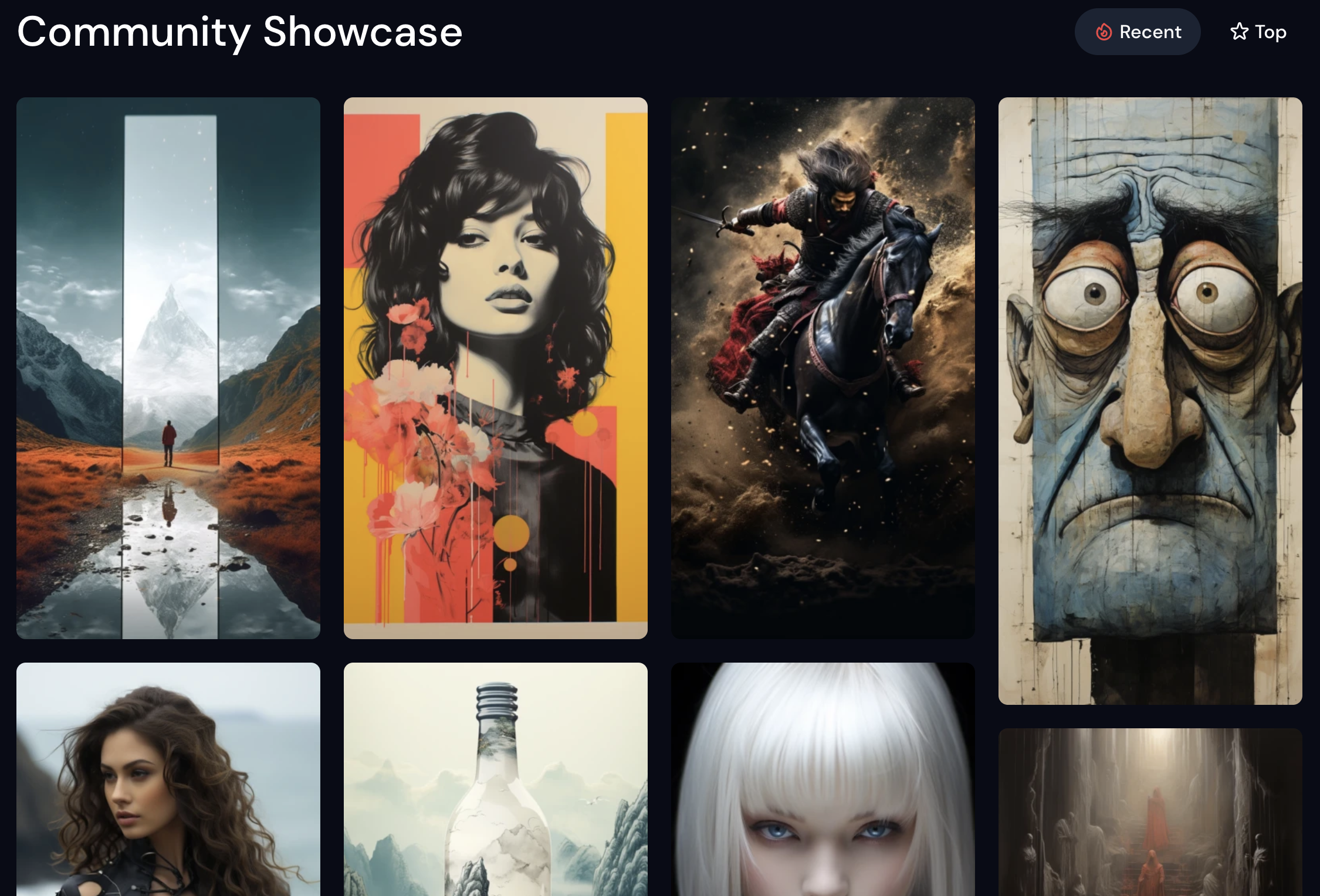
Source: community showcases
- Build website pages in seconds with SubPage: create powerful subpages for a website with an AI-powered builder. It is designed to be created and maintained by non-tech business staff. Change layouts with one click, add knowledge bases, write content – all inside on tool.
- Supercharge backlink outreach with BacklinkGPT: create highly effective outreach messages to acquire more backlinks and improve the website's performance. The tool promises to write highly personalized emails and more effective outreach campaign management. The pricing varies from $ 9.99 to $ 59.99.
- Add ChatGPT to your WhatsApp with WAGPT: engage with ChatGPT's intelligence within WhatsApp, gaining rapid insights and personalized learning experiences to elevate your conversations and simplify your life. Works with text and voice.
Looking for your own generative AI solution?
Not sure about how generative AI works for business? We feel your pain. Your fear of missing out is actually very valid: more and more companies implement AI every day.
To help companies innovate fast, we figured out two ways to form a vision for generative AI, find value, and experience it in the shortest time:
The best choice if you're unsure how to use GPT-4 for business. Based on the Google Design Sprint methodology, the GPT Design Workshop lets you learn, map out ideas, and test a prototype to form a vision within two business days. Visit the page to learn more.
For those who already have a GPT project in mind but are unsure how to implement it into business, we formed an approach to follow the best development practices and security standards. Learn how we leverage Generative AI with predictable results for multiple industries.




